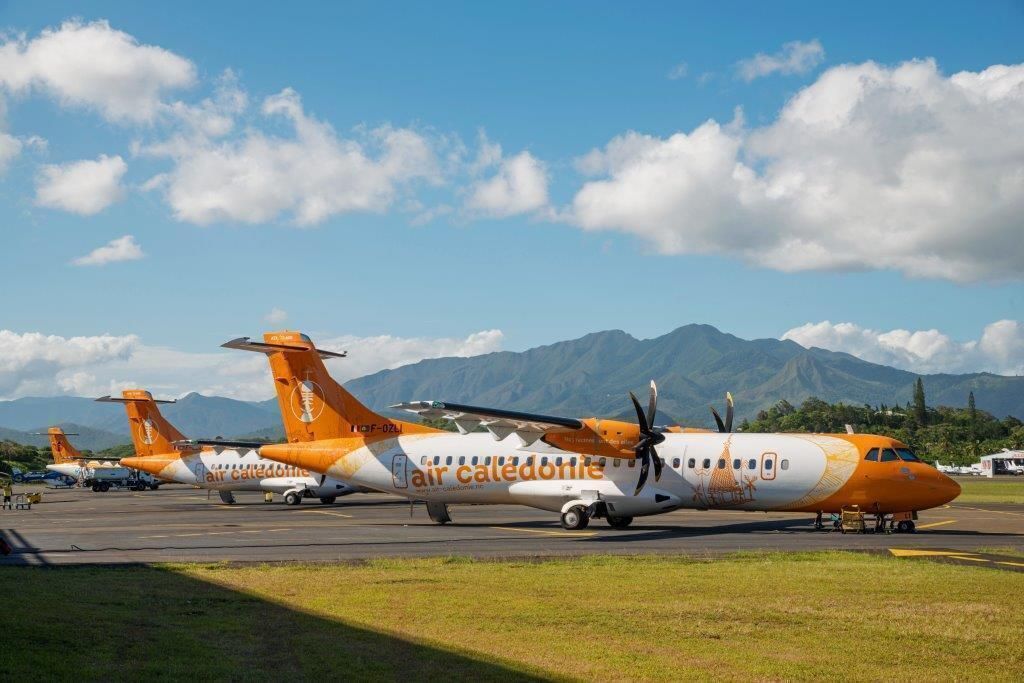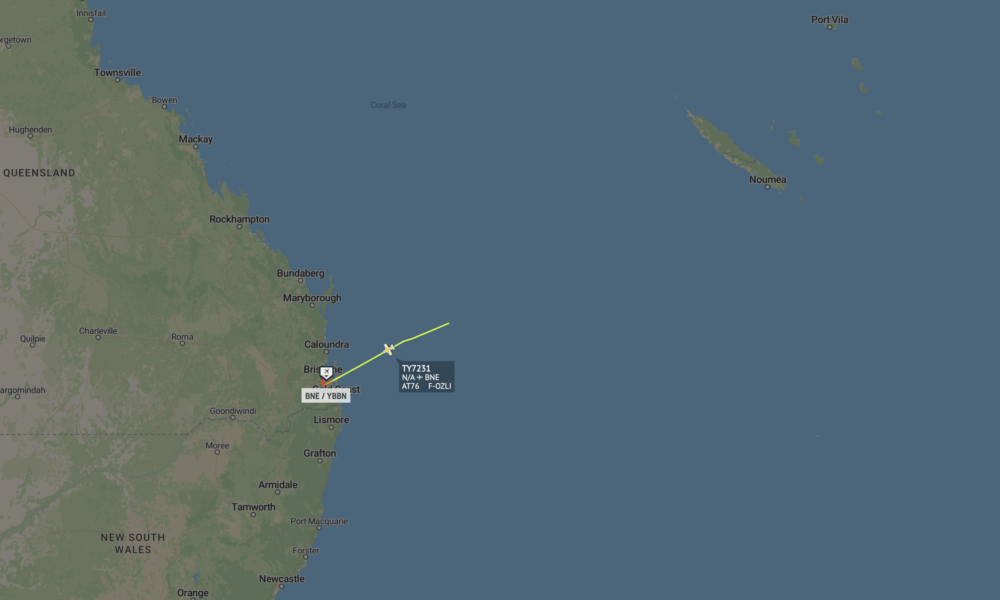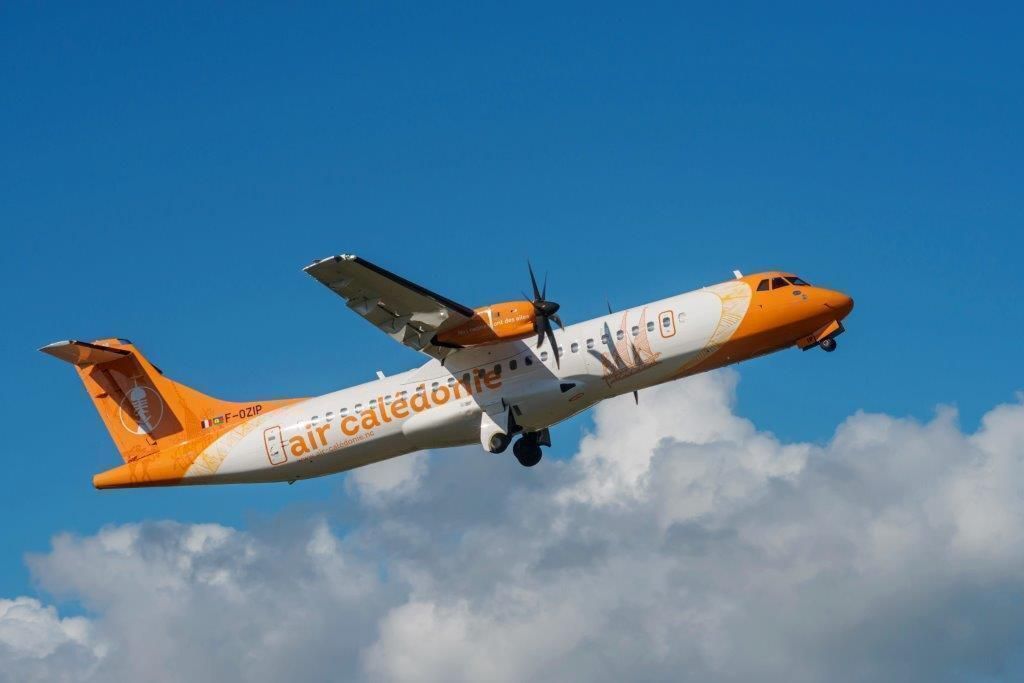In the last few hours, Air Calédonie has sent its entire fleet to Brisbane, Australia. The airline is protecting its fleet from the incoming cyclone Niran, which has maximum sustained wind of 204 km/h, according to local reports.
Moving the planes from the path of the cyclone
Currently, the tropical cyclone Niran is moving southeast over the Coral Sea towards New Caledonia. Earlier today, the cyclone center was located approximately 980 kilometers north-west of the Belep Islands of New Caledonia. It had maximum sustained wind of 204 km/h.
According to local sources, Niran is expected to pass along the western coast of western New Caledonia on March 6. The maximum sustained wind could reach velocities of 210 km/h.
Because of this, the French Collectivity issued a Level two Cyclone Alert and expects heavy rain, strong winds, and high waves.
Air Calédonie, the local carrier, wasted no time. According to stats from RadarBox.com, the airline moved its four ATR aircraft to Brisbane, Australia, on March 5.
The four aircraft landed between 18:43 and 20:43, Australian Eastern Time at Brisbane International Airport.
We contacted Air Calédonie for more information. So far, we haven’t received an answer. We’ll keep you updated if that changes.
What should an airline do to face a hurricane?
Hurricanes and cyclones can be disruptive to airline operations. Most of the time, we hear of airlines issuing travel waivers and canceling flights due to weather forecasts.
But they also protect their aircraft by sending them to secure locations. Not every aircraft, though. Flying every plane away from the storm is not very economical, considering that commercial operations cease at the very last minute.
Nevertheless, Air Calédonie could do this because it has had minimal operation in the last few months. According to RadarBox.com, the ATR fleet of Air Caledónie is averaging 1.2 hours of flight per day in the last year.
How do airlines prepare themselves against hurricanes and cyclones?
Fortunately, forecasts now can predict a cyclone’s general track several days beforehand. This allows the airlines to make critical decisions and keep everyone safe.
The first step an airline typically does when a tropical cyclone is forecasted is to issue a travel waiver, said WorldAware. This allows passengers to protect themselves against unexpected cancellations.
As the storm approaches, the airlines start doing mass flight cancellations, scratching every operation out of airports expected to be hit by cyclones or hurricanes.
Meanwhile, the airlines are trying to rebook passengers onto earlier flights and get them into safety.
When flying, pilots usually keep clear of hurricanes. They do it by either flying above the storms or around.
Nevertheless, airliners rarely fly over hurricanes because it also poses an incredible risk and limits the pilots’ options in case of an emergency.
A brief history of Air Calédonie
Air Calédonie is a small but historical airline in Oceania. It was founded in 1954 and uses the Nouméa Magenta Airport as its main hub.
In its first 60 years of history, Air Calédonie has transported a total of 10 million passengers, said the carrier.
It currently has a fleet of four ATR aircraft, with an average age of 3.8 years. According to its website, it has three destinations: the isle of Pines, Loyalty Islands, and the North Province.
Have you ever traveled with Air Calédonie? How was it? Let us know in the comments.



